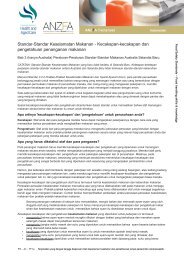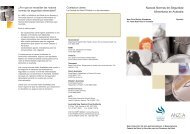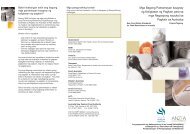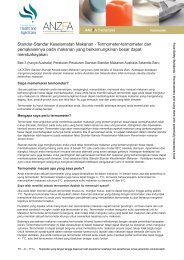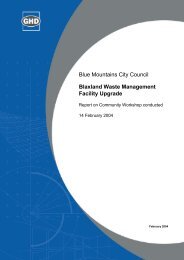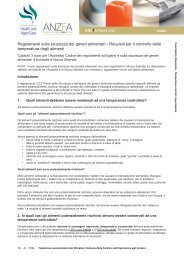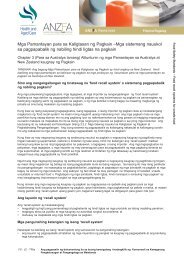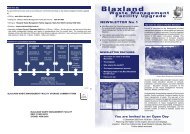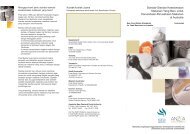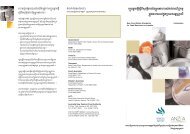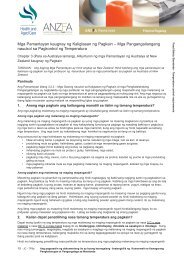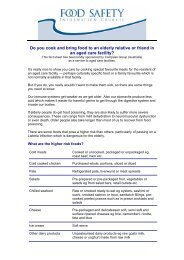Katoomba Charrette Outcomes Report - Blue Mountains City Council
Katoomba Charrette Outcomes Report - Blue Mountains City Council
Katoomba Charrette Outcomes Report - Blue Mountains City Council
You also want an ePaper? Increase the reach of your titles
YUMPU automatically turns print PDFs into web optimized ePapers that Google loves.
<strong>Katoomba</strong> <strong>Charrette</strong> <strong>Report</strong> & Town Centre Strategy<br />
8.7.2 Lurline Street Improvements<br />
Traffic needs to be slowed along Lurline Street, and pedestrian amenity and safety improved.<br />
To do this, the eastern side of Lurline Street should be improved by means of constructing a<br />
footpath along that side (there is one already on the western side), plus planting of trees in the<br />
eastern parallel parking lane of the street to slow the traffic and improve amenity. While for<br />
now, there may be less demand for parking in Lurline Street than Parke Street, due to the grade<br />
to reach the Town Centre and limited access through private properties, the street trees in the<br />
parking lane will themselves act to slow the south-bound traffic in particular.<br />
Action 8.7.2 - Construct proposed Lurline Street improvements.<br />
8.8 Car Parking Improvements<br />
8.8.1 The Car Parking Context And Challenges for the Top End of Town<br />
The Top of Town especially suffers from several inter-related car parking problems.<br />
The Top End of Town is generally under-parked, compared to the lower end of the Town<br />
Centre.<br />
Present parking requirements are fairly onerous. For example, to change the use within an<br />
existing historic building may require new additional on-site parking, or else contributions<br />
to off-site parking fees at $15,000 per required space (the approximate cost of a parking<br />
space in a multi-deck parking structure). Required parking ratios are applied presently,<br />
regardless of the circumstance of the property involved, in terms of its size or its historic<br />
importance. And there are no known significant car parking sites right in the Top of Town,<br />
to which such off-site parking fees could be applied through a <strong>Council</strong> purchase and car<br />
park development initiative, where they would actually do much good for the Top of Town.<br />
Relatively ample parking north of the railway is hard to reach, despite its proximity to the<br />
Top of Town, because of the ‘barrier effect’ of the railway itself.<br />
The Top of Town is generally made up of small and historic parcels, being forced to comply<br />
with the above parking requirements. This had made for a ‘Catch 22’ for improvements to<br />
many existing buildings.<br />
We have a ‘Catch 22’ where more car parking is needed, but, at the same time, parking<br />
exemptions are needed for businesses in the Top of Town, because they cannot gain on-site<br />
parking capacity due to generally small and cramped premises!<br />
8.8.2 Proposed Strategies for Car Parking in the Top of Town<br />
The <strong>Charrette</strong> proposed to accept the nearby parking shortage and instead to make the area<br />
more attractive, so customers would be more willing to park in car parks slightly further away<br />
and still walk to the Top of Town.<br />
Reduced On-Site Parking Requirements<br />
Key buildings like the Savoy should be encouraged to proceed with minimal or zero on-site<br />
parking requirements, as peak parking demand for the Savoy would not likely coincide with<br />
parking demands for most of the rest of the existing parking capacity in the Top of Town.<br />
Cafes and restaurants should be encouraged to operate without parking requirements, again<br />
62



